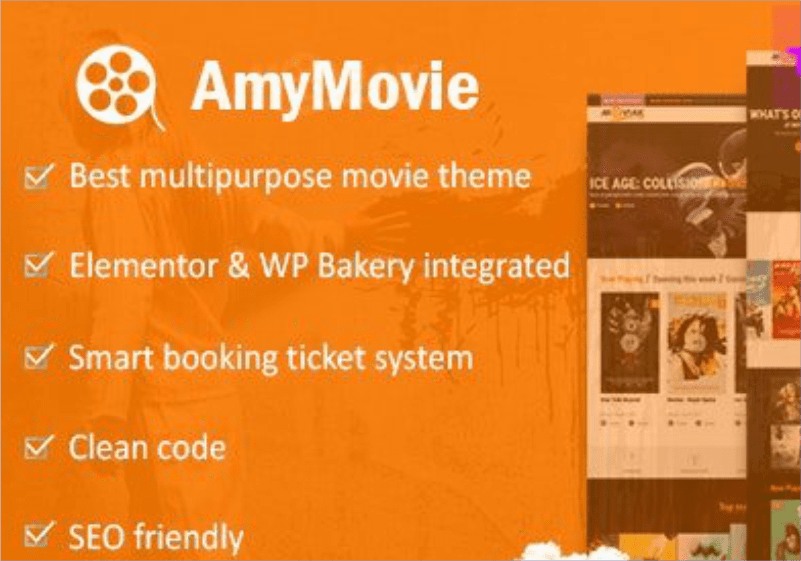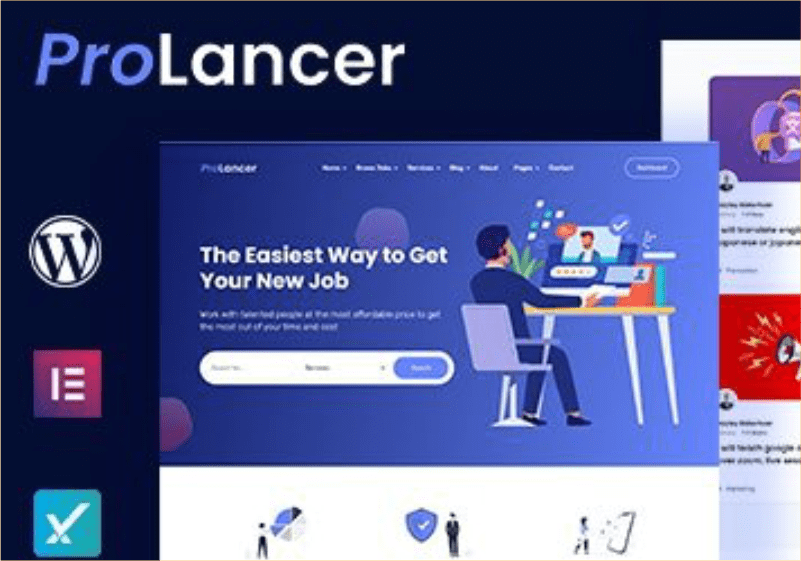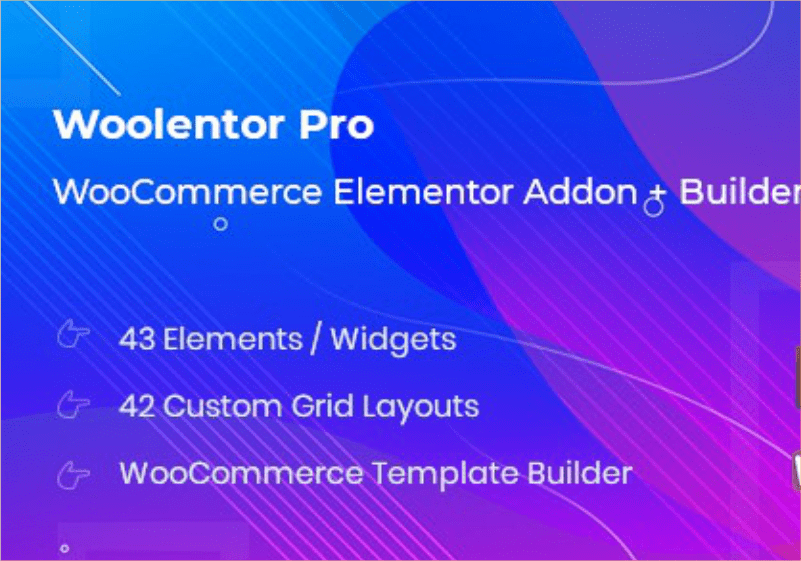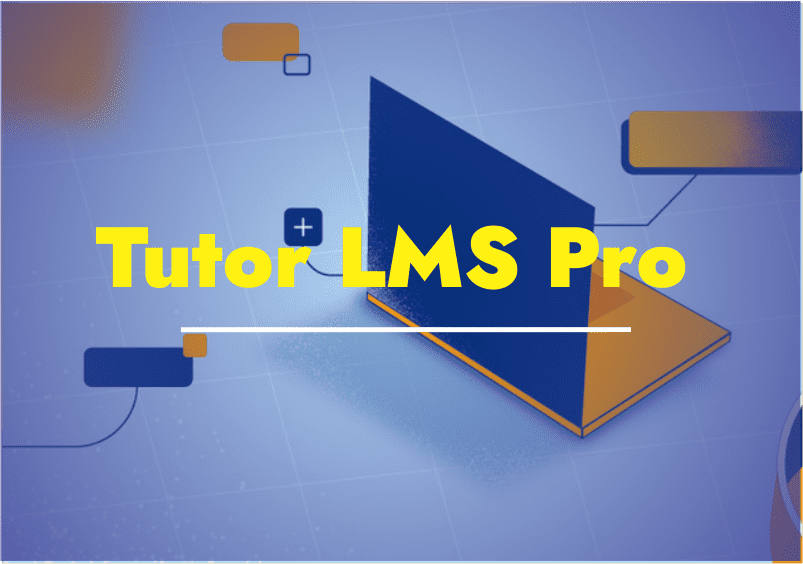How you connect with your audience is influenced by your content marketing approach. Create a content plan right away if you don’t already have one.
Many companies struggle with knowing where to start:
- What kind of content ought you to create?
- How frequently?
- Where should it be posted?
These inquiries will be addressed today.
The most crucial thing to keep in mind is that information acts as a magnet. It brings customers to your establishment, giving you the chance to convert them.
You can’t assume that visitors will find your website by accident if you don’t have a content marketing strategy.
Using the skills you learn in this piece, you may attract potential clients by producing content that converts.
Why is content marketing strategy important and what does it entail?
The series of actions you take to gather, produce, publish, and market information that is useful to your audience is known as your content marketing strategy. All content is just text, audio, or video that aids in problem-solving.
Quality is the essential component that every content marketing plan need. The Internet is filled with a lot of stuff. There is a good mix of useful and excellent stuff.
You must perform better than your rivals. Otherwise, the SERPs won’t display your material (Search Engine Results Pages).
According to Julia McCoy, who writes for the Content Marketing Institute, a successful content marketing plan can provide three times as many leads as paid advertising.
One of the most crucial metrics that businesses monitor is lead generation. You have more opportunity to close sales the more leads you generate.
Think of your content marketing approach as the magnet for prospective customers. Your offer is the hook. Instead of throwing your money at potential prospects, focus on drawing them in with solid content.
You know you need a content marketing strategy, but you might not know where to start.
We’ve created a step-by-step guide you can follow to make sure you’re reaching as much of your audience as possible.
Step 1. Research your target keywords
Many marketers mistakenly think that keywords are a thing of the past. That is not true.
Even if a user is not conscious of it, they employ keywords when they enter a search string into Google. Determine the keywords that searchers will find interesting.
Ubersuggest is a fantastic resource for locating target keywords. Start by choosing a straightforward term, then add long-tail alternatives to your list.
There are also many additional free keyword research tools available.
Both competitive and non-competitive keywords are available for targeting. To drive tailored traffic to your website, pay attention to longer-tail variations.
Step 2. Finding Related Keywords
You shouldn’t rely on a single term alone. Include related keywords in your content to aid Google in understanding it.
Ubersuggest may be useful. Just keep entering terms that are connected to your subject and making notes about words that your audience would understand.
You want to do everything you can to assist Google because it must sort through a ton of data. Adding related keywords can assist Google comprehend the many types of search intent to target since many terms, for example, have several meanings.
Step 3. Create a spreadsheet for each topic
Make a master spreadsheet that can be used as a model. In this manner, you may replicate it for every piece of content you produce.
The target keyword, associated keywords, and any other details you require to know before starting content development should all be included in the spreadsheet.
You can discuss your ideas with team members, solicit feedback, and publish content to match your schedule as long as you have a spreadsheet. If you want your content marketing strategy to be organized, don’t overlook this phase.
Step 4. Plan the Content You Will Create
An outline can assist you in planning your thoughts and structuring your content to have the greatest impact on both readers and SEO. Additionally, it keeps you from forgetting ideas before you begin writing your content and you in choosing the subtopics you want to address.
Your spreadsheet should contain the outline. If necessary, apply the proper header tag and other helpful information to label each subtopic in the outline. For instance, you may list any statistics or links you want to provide under each subtopic.
Step 5: Write Your Content in a Draft
Every piece of content begins as a draft. You are free to use any software you are familiar with, including Google Docs, Microsoft Office, and others. Alternately, drafts can be written in WordPress or another content management system of your choice.
Allow your first draft to marinate for a day or two before revising and editing it. Alternately, send it to a dependable editor who will proofread it for errors, jumps in logic, and other problems.
Step 6. Create a publication and promotion schedule
How frequently you want to post your content is entirely up to you. More important than frequency is consistency.
For instance, if you add new content each Monday, your audience will be aware of the best time to visit and read what’s new. You may post every day, three times per week, or even every day during the workweek.
Make an effort to provide information on regular days and at regular times. Although being a few hours off definitely won’t harm you, planning is essential for the success of any content marketing campaign.
Step 7. Conduct influencer outreach.
When you include individuals or companies in your writing, get in touch with them and ask them to spread the word about it. Although many of them won’t, it’s a numbers game. You’ll get more shares the more individuals you reach out to.
Additionally, you can contact those that have sizable internet followings and may find your work to be fascinating. If you have a great piece of content, you should give it every opportunity to be seen by people in your target audience since influencers may make generic material become viral.
Step 8. Set Aside Time for Internal Linking.
Internal linking keeps visitors on the website and helps your content rank higher in search engine results. You don’t want readers of your post to leave your website after reading it. Instead, you want people to explore your website more thoroughly.
Obviously, you don’t have any current content if you’re developing a content marketing plan from beginning. Go back to older articles as you add new content and add pertinent links to more recent ones.
If you have the Yoast plugin’s premium edition, you’ll automatically receive suggestions for internal links. This can significantly quicken the procedure.
Conclusion
You can improve your content marketing approach by learning more about how your material performs. Run A/B testing to improve your home page, landing pages, and blog posts, as well as to test various CTAs.
Set up fresh testing as your brand develops. You can use such information when making decisions about future content creation.































2 comments
[…] How to Create an Effective Content Marketing Strategy […]
[…] How to Create an Effective Content Marketing Strategy […]